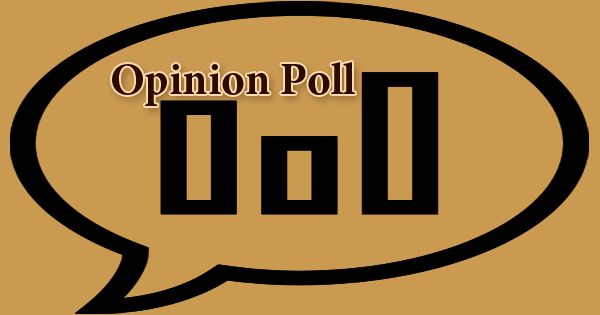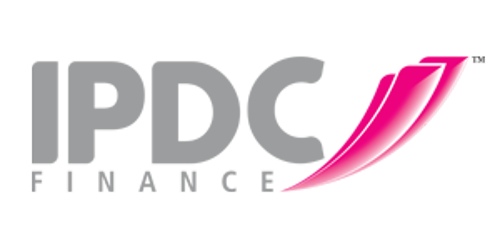The field of strategic HRM is still evolving and there is little agreement among scholars regarding an acceptable definition. Broadly speaking, SHRM is about systematically linking people with the organisation; more specifically, it is about the integration of HRM strategies into corporate strategies.
Strategic HRM defines the organization’s intentions and plans on how its business goals should be achieved through people. It is based on three propositions: first, that human capital is a major source of competitive advantage; second, that it is people who implement the strategic plan; and, third, that a systematic approach should be adopted to defining where the organization wants to go and how it should get there.
HR strategies are essentially plans and programmes that address and solve fundamental strategic issues related to the management of human resources in an organisation (Schuler, 1992). They focus is on alignment of the organisation’s HR practices, policies and programmes with corporate and strategic business unit plans (Greer, 1995). Strategic HRM thus links corporate strategy and HRM, and emphasises the integration of HR with the business and its environment. It is believed that integration between HRM and business strategy contributes to effective management of human resources, improvement in organisational performance and finally the success of a particular business (see Holbeche, 1999; Schuler and Jackson, 1999). It can also help organisations achieve competitive advantage by creating unique HRM systems that cannot be imitated by others (Barney, 1991; Huselid et al., 1997). In order for this to happen, HR departments should be forward-thinking (future-oriented) and the HR strategies should operate consistently as an integral part of the overall business plan (Stroh and Caligiuri, 1998). The HR-related future-orientation approach of organisations forces them to regularly conduct analysis regarding the kind of HR competencies needed in the future, and accordingly core HR functions (of procurement, development and compensation) are activated to meet such needs (see Holbeche, 1999).
Lengnick-Hall and Lengnick-Hall (1999: 29–30) summarise the variety of topics that have been the focus of strategic HRM writers over the past couple of decades. These include HR accounting (which attempts to assign value to human resources in an effort to quantify organisational capacity); HR planning; responses of HRM to strategic changes in the business environment; matching human resources to strategic or organisational conditions; and the broader scope of HR strategies. For these writers, strategic HRM is a multidimensional process with multiple effects. Such writing also highlights the growing proactive nature of the HR function, its increased potential contribution to the success of organisations and the mutual relationships (integration) between business strategy and HRM.
Two core aspects of SHRM are: the importance given to the integration of HRM into the business and corporate strategy, and the devolvement of HRM to line managers instead of personnel specialists. Brewster and Larsen (1992: 411–12) define integration as ‘the degree to which the HRM issues are considered as part of the formulation of the business strategy’ and devolvement as ‘the degree to which HRM practices involve and give responsibility to line managers rather than personnel specialists’. Research in the field (see Lengnick-Hall and Lengnick-Hall, 1988; Purcell, 1989; Schuler, 1992; Storey, 1992; Budhwar and Sparrow, 1997; Truss et al., 1997; Budhwar, 2000a; 2000b) highlights a number of benefits of integration of HRM into the corporate strategy. These include: providing a broader range of solutions for solving complex organisational problems; assuring the successful implementation of corporate strategy; contributing a vital ingredient in achieving and maintaining effective organisational performance; ensuring that all human, technical and financial resources are given equal and due consideration in setting goals and assessing implementation capabilities; limiting the subordination and neglect of HR issues to strategic considerations; providing long-term focus to HRM; and helping a firm to achieve competitive advantage.
In similar vein, researchers (Budhwar and Sparrow 1997; 2002; Hope-Hailey et al., 1997; Truss et al., 1997; Sisson and Storey, 2000) have highlighted the benefits of devolvement of HRM to line managers. These include: highlighting certain issues that are too complex for top management to comprehend alone; developing more motivated employees and more effective control; local managers responding more quickly to local problems and conditions; resolving most routine problems at the ‘grassroots level’; affording more time for personnel specialists to perform strategic functions; helping to systematically prescribe and monitor the styles of line managers; improving organisational effectiveness; preparing future managers by allowing them to practise decision-making skills; and assisting in reducing costs by redirecting traditionally central bureaucratic personnel functions.
Despite the highlighted benefits of the devolution of HRM to the line management, it is still not widely practised in organisations. On the basis of earlier studies in the UK and their own in-depth investigations into the topic, McGovern et al. (1997: 14) suggest that devolution of responsibility for HRM to line managers is constrained by short-term pressures on businesses (such as minimising costs), the low educational and technical skill base of supervisors and a lack of training and competence among line managers and supervisors.
An important issue for top decision-makers is how to evaluate the extent to which both strategic integration and devolvement are practised in their organisations. The level of integration of HRM into the corporate strategy can be evaluated by a number of criteria: these include representation of specialist people managers on the board; the presence of a written people management strategy (in the form of mission statement, guideline or rolling plans, emphasising the importance and priorities of human resources in all parts of the business); consultation with people management specialists from the outset in the development of corporate strategy; translation of the people management strategy into a clear set of work programmes; the growing proactive nature of people management departments through the creation of rolling strategic plans (emphasising the importance of human resources in all parts of the business); through mission statements; by aligning HR policies with business needs through business planning processes; by use of participative management processes and committee meetings; and via HR audits.
The level of devolvement of HRM to line managers in an organisation can be evaluated on the basis of measures such as: the extent to which primary responsibility for decision-making regarding HRM (regarding pay and benefits, recruitment and selection, training and development, industrial relations, health and safety, and workforce expansion and reduction) lies with line managers; the change in the responsibility of line managers for HRM functions; the percentage of line managers trained in people management in an organisation; the feedback given to managers/line managers regarding HR related strategies; through consultations and discussions; the extent to which line managers are involved in decision- making.
















